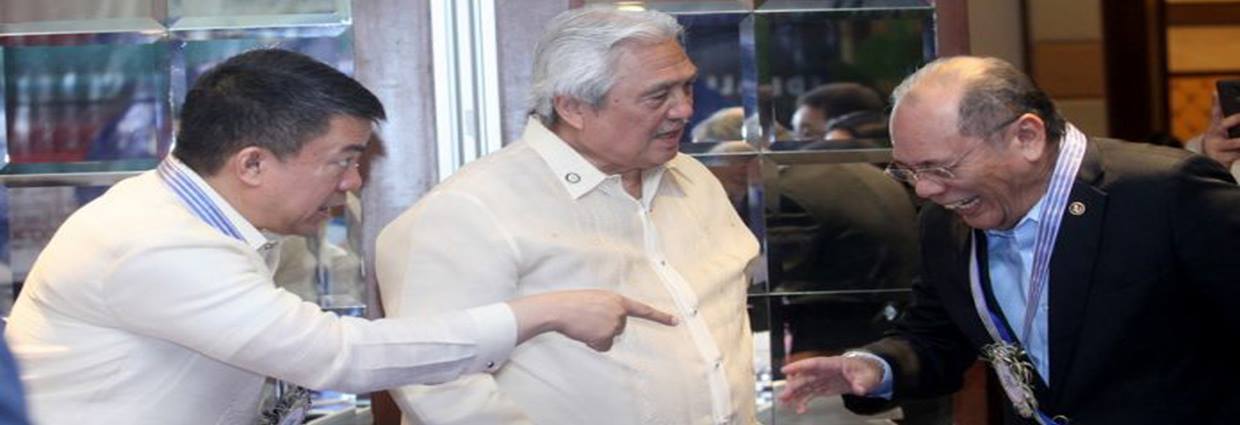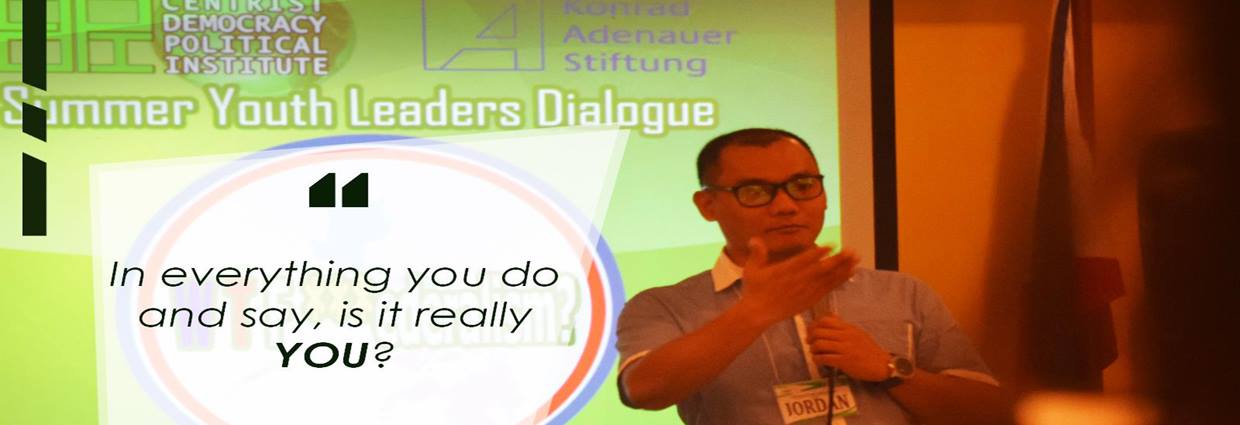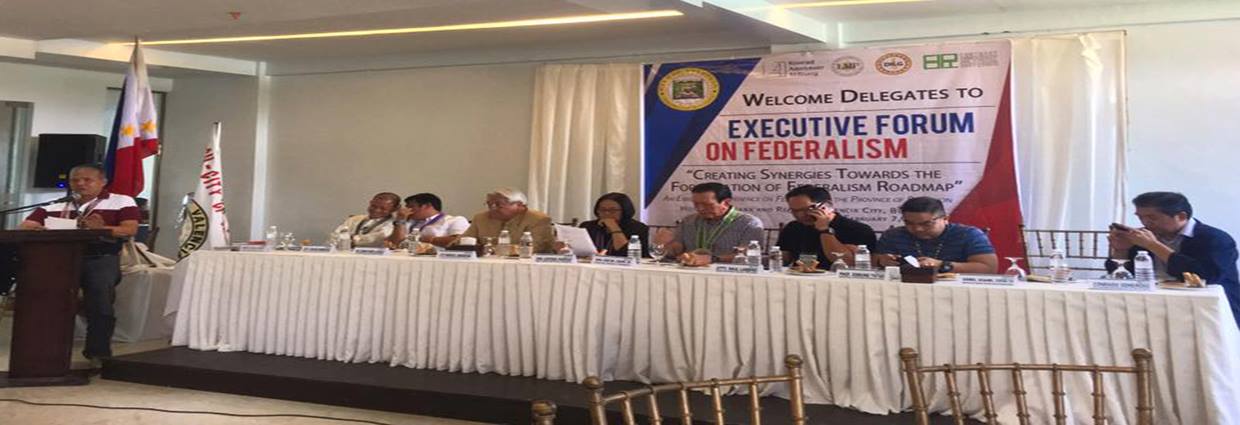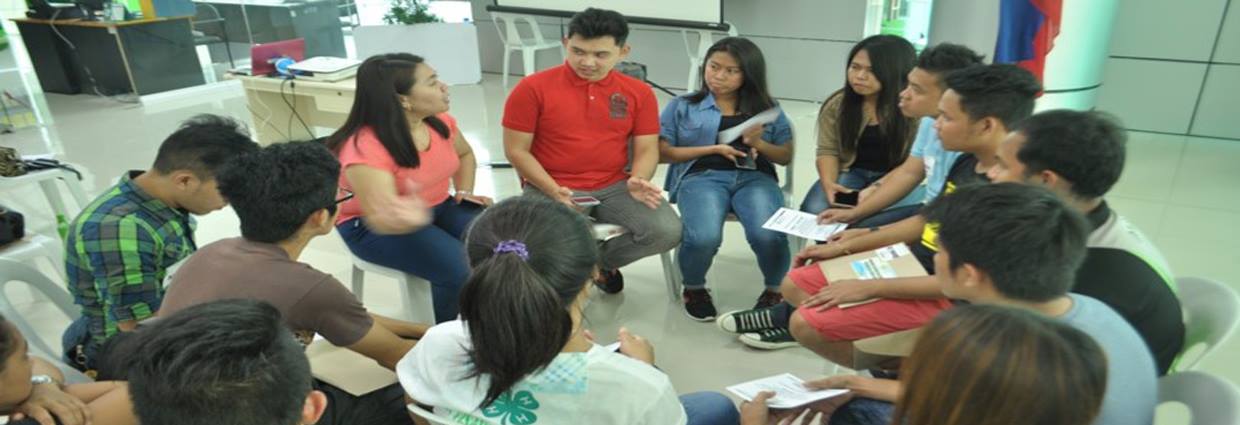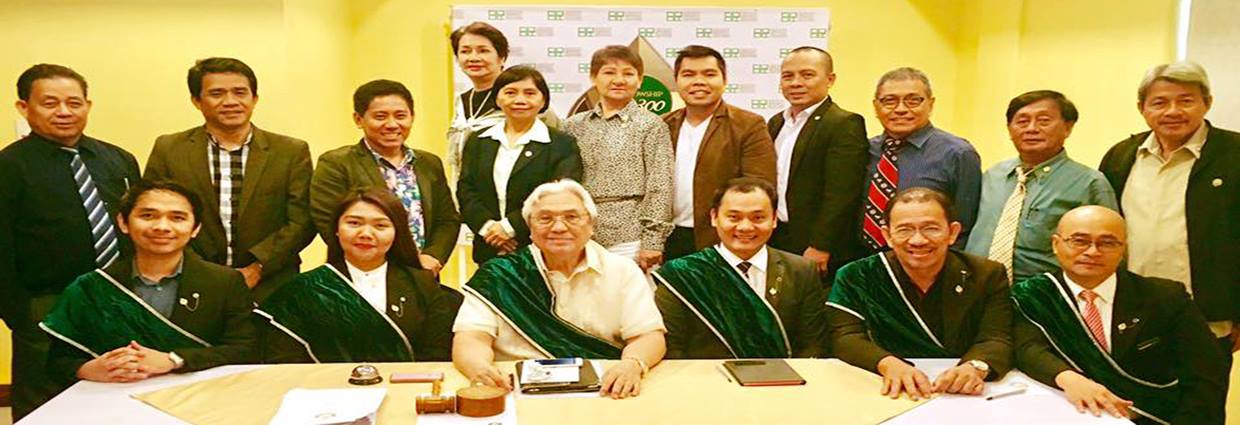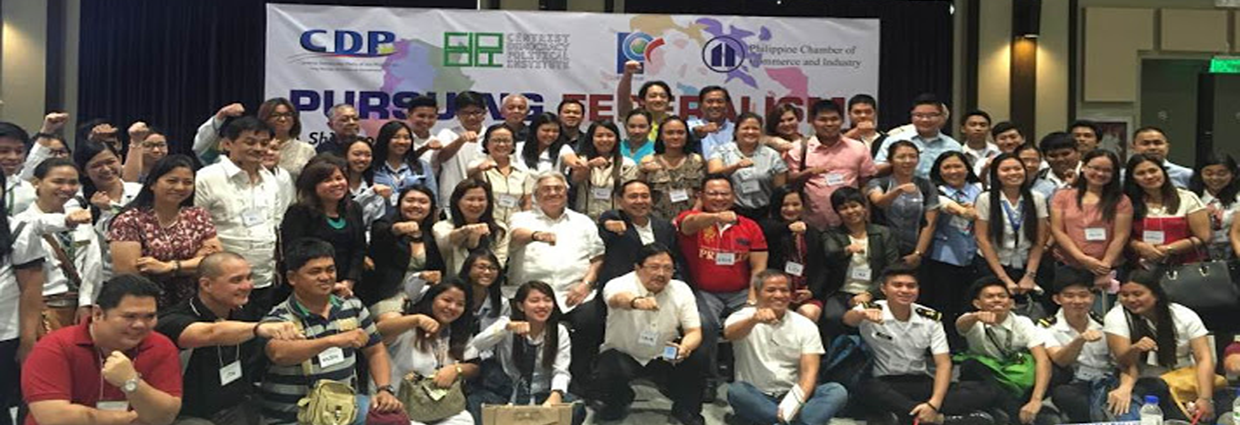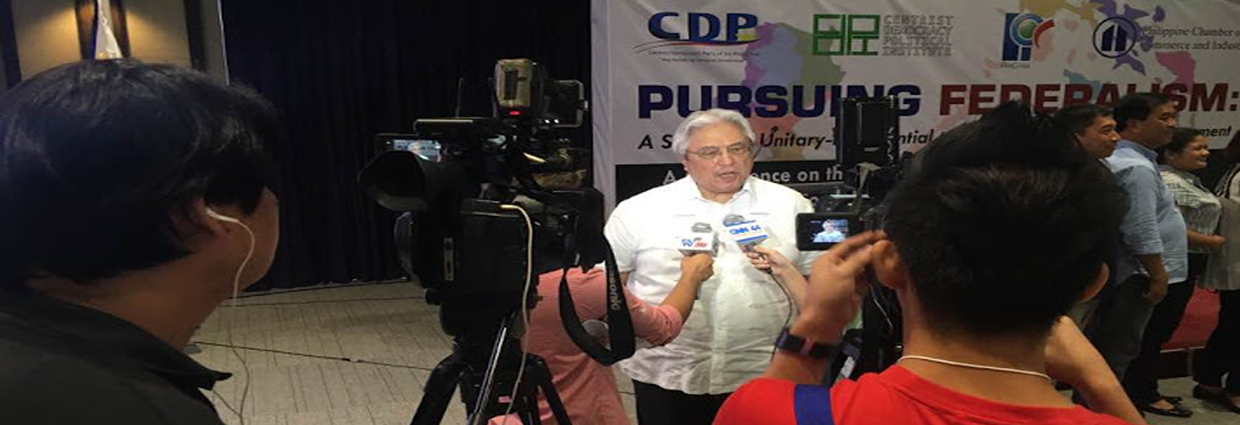A DIPLOMATIC visit of a head of state is rarely a simple event. It is often a nexus of history, economics and international strategy. In the case of President Ferdinand Marcos Jr.’s recent trip to Washington, D.C. for tariff negotiations, two contrasting analyses emerge, each offering a wholly different interpretation of the same events.
In one narrative, penned excellently in a two-part Manila Times article “China’s coda” by Mauro Samonte (TMT, July 26 and Aug. 2), the author wove his analysis as a geopolitical symphony, depicting the final movement — a finale of an unequal alliance. Classical music buffs will appreciate Samonte’s portrayal of the visit as a choreographed performance orchestrated incongruously by President Trump for America to secure economic dominance and pave the way for an eventual confrontation with China.
In stark contrast, Jaime Yambao’s narrative, “Observations on the president’s Washington D.C. visit” (TMT, Aug. 2, 2025), interprets this as a strategic triumph, a testament to pragmatic leadership and successful negotiation. By examining the rhetorics, historical framings and core assumptions of each, we get a glimpse of how the same facts can lead to such profoundly different conclusions.
A conspiratorial crescendo
First, Samonte presents a deeply cynical and historically informed critique of the US-Philippines alliance. Employing a powerful metaphor of a multi-movement concerto, Samonte suggests that the visit is not a new diplomatic composition but a reprise of historical refrains. This framing immediately sets a tone of historical determinism, implying that the present is merely an echo of the past.
The narrative draws a direct and controversial line from past instances of American exploitation — the post-WWII Parity Rights Amendment, which granted Americans equal rights to exploit Philippine resources — to the present-day Agreement on Reciprocal Trade (ART). This parallel suggests that the ART is not a modern trade deal but a contemporary iteration of a historical sellout, designed to give the US special access to Philippine energy, infrastructure and mineral resources, including those in the South China Sea. The critique is rooted in a fundamental distrust of the US as a partner, seeing it instead as a puppet master orchestrating events for its own geopolitical gain.
It started with Scarborough
The symphony’s overture presumably began with the Scarborough Shoal (Bajo de Masinloc) standoff with China in 2012. To recall, the US deftly steered the dispute from a physical confrontation to a legal one, resulting in the arbitral tribunal 2016 ruling that invalidated China’s nine-dash line claim. This maneuver ostensibly was not a genuine pursuit of justice but a calculated move by America to create a legal basis for future actions against China — with the Philippines’ role as a lackey.
Further solidifying its conspiratorial tone, the narrative links the diplomatic and economic aspects of Marcos’ visit to a broader military plot. The Enhanced Defense Cooperation Agreement (EDCA) is not viewed as a beneficial security pact but as a new form of US military occupation; further asserting that the Philippines is being used as a strategic pawn to push China against the wall. This perspective is fatalistic, concluding with an apocalyptic “coda” that predicts an eventual Chinese dominance.
It also draws on internal class dynamics, arguing that Marcos represents not the Filipinos’ interest but is instead aligned with the “1 percent” oligarchy that profits from these onerous arrangements. Ultimately, the geopolitical symphony is a cautionary tale, a warning against what it sees as a persistent national betrayal, with a dark, inevitable ending.
The pragmatic visit: A strategic triumph
As a contrapuntal, Yambao portrays the same events through a lens of strategic success and diplomatic prowess. Marcos is framed as a skilled and intelligent leader. Here, the metaphor of a chess player replaces Samonte’s symphony aficionado, suggesting a careful, thoughtful and proactive approach to international relations rather than a reactive, predetermined one.
This narrative highlights the tangible, positive outcomes of the visit, such as the reduction of US tariffs on a portion of Philippine exports to 19 percent, a move that would make Philippine goods more competitive. A particularly powerful point is the zero-tariff deal on pharmaceuticals, which Yambao praises as an empathetic move that prioritizes the welfare of the people. Yambao directly contradicts Samonte narrative’s claim that Marcos is only acting in the interest of the elite. This pragmatic visit narrative also reinterprets the security aspects of the trip as a major victory.
Instead of seeing America as a warmonger, Yambao views the US as a necessary and reliable partner in protecting the Philippines’ sovereign interests; emphasizing the visit’s role in providing the clearest policy definition so far of the Mutual Defense Treaty (MDT), with Defense Secretary Peter Hegseth clarifying that the treaty covers armed attacks on Philippine forces “anywhere in the Pacific, including the South China Sea.”
This is framed as a crucial step in safeguarding the country’s EEZ and its natural resources in the WPS. Another plus is the Philippines’ access to additional funding through Trump’s “Big Beautiful Bill” — bolstering defense capabilities, a development seen as a beneficial modernization effort rather than a precursor to conflict. This perspective is fundamentally optimistic and forward-looking, celebrating diplomatic skills and the strengthening of alliances as a path to a more secure and prosperous future.
From where one sits
The profound differences between these two scenarios do not stem from a disagreement over the basic facts of the visit — that it happened, that agreements were discussed and that military cooperation was a topic. The real clash lies in the interpretation of these facts. Samonte’s geopolitical symphony operates from a historical and ideological assumption of American exploitation, viewing every US action through a filter of manipulation and self-interest. It sees the US-Philippines relationship as fundamentally unequal, rooted in a history of neocolonialism. The Washington encounter therefore is a betrayal, the agreements are concessions, and the military alliance is a dangerous trap. And Marcos is a patsy!
Conversely, the pragmatic visit operates from an assumption of sovereign equality and mutual interest. It sees America as a pragmatic partner, a powerful ally whose national interests can be strategically leveraged for the benefit of the Philippines. The visit is therefore a success, the agreements are triumphs, and the military alliance is a necessary shield. And Marcos is a genius!
Ultimately, the storyline choice is between a deterministic, fatalistic worldview as against an optimistic, bureaucracy-driven perspective. One sees the Philippines as a helpless pawn in a larger game, doomed to repeat a cycle of subservience and conflict. The other sees a nation successfully navigating a complex geopolitical landscape, making strategic decisions that assert its interests and secure its future.
These two articles form a compelling study in geopolitical rhetoric, demonstrating how the same “facts” are often just the raw materials that can be woven into diametrically opposed narratives from which competing realities are constructed.
I take the liberty of presenting the contrasting views while not openly taking sides. I leave this to my readers to arrive at their own conclusions while mine shall be held “in pectore” — except for my obvious disdain for the cognitively impaired Trump and the clueless and dilettante scion of a dictator.
000

